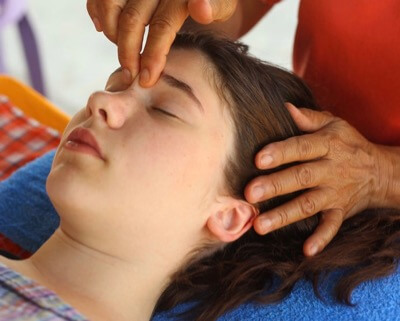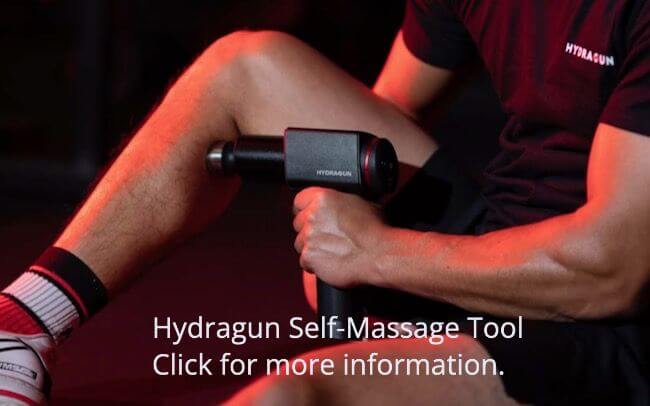- Home
- Massage Types
- Jin Shin Do
As an Amazon Associate and affiliate with other programs, I may earn revenue from qualifying purchases through affiliate links. This does not affect the price you pay. Privacy Policy / Disclosures. This site is for educational purposes only.
What Is Jin Shin Do Acupressure?
Jin Shin Do® combines the use of pressure on specific points with breathing and body-focusing techniques to release bodymind armoring.
The technique is a style of acupressure developed by Iona Marsaa Teeguarden starting in 1976. It's based, in part, on Jin Shin Jyutsu® and the body armoring theories of Wilhelm Reich. According to Teeguarden, her system emphasizes a bodymind approach that views the unity of the body and psyche through both Western and Eastern lenses.
Practitioners use one hand to hold a local point in the tense area they want to release. At the same time they use the other hand to hold distant points that help the tense area release more readily. The distal points are either on the same strange flow or organ meridian as the local point or are functionally related.
The Strange Flows
Jin Shin Do is the only type of acupressure to select points based on the main balancing channels called the strange flows or extraordinary meridians, which are:
- Great Central Channel (Vessel of Conception and the Governing Vessel)
- Great Regulator Channel (Yin and Yang Wei Mo)
- Great Bridge Channel (Yin and Yang Chiao Mo)
- Penetrating and Belt Channels (Cha’ng Mo and Tai Mo).
Working with the strange flows balances the excesses and deficiencies in the body.
The Emotional Component
In Reichian theory, armoring is chronic tension that limits your mobility and ability to feel. Armoring begins to develop when you are unable to express emotions. You suppress feelings by tightening muscles, which eventually become rigid and develop fascial adhesions.
The tight muscles start to affect related muscles, creating rings of armoring. The armoring then interferes with the flow of energy in your body, thus Teeguarden's combining of Western psychological concepts and Eastern energy theory.
Teeguarden also incorporated the Emotional Kaleidoscope, based on the Chinese Five Elements theory, that correlates 100 different feelings and emotions with the 12 organ meridians. This kaleidoscope gives the practitioner an understanding of the relationship of particular meridians to particular feelings and attitudes, letting the practitioner more readily follow your individual release process.
Jin Shin Do Sessions
Sessions usually last from one to 1.5 hours. Typically, you lie, fully clothed, face up on a massage table. The practitioner checks your pulses to determine which meridians are overactive and which are underactive and then uses touch (palpation) to identify tension patterns and points of restrictions.
With one hand, the practitioner holds a local point located in a tense area while using the other hand to hold a distal point or points, typically holding points for about one to three minutes. The pressure is firm but gentle, with the goal of bringing your awareness into the tense part of your body so you can release the tension from the inside out.
The practitioner increases the pressure as the muscle releases to gradually release layers of armoring. However, the practitioner never uses more pressure than you find comfortable. Because these releases can bring up feelings, practitioners receive training in basic skills such as active listening and an understanding of the power of words.
More information, practitioner referral, and training is available through the Jin Shin Do® Foundation for Bodymind Acupressure®.
Sources
Articles by Teeguarden in Massage and Bodywork, Spring 1995, and Massage Magazine, November/December 1998.
The Joy of Feeling: Bodymind Acupressure.
Photo Credit: Yuliya Lapkovkaya / 123RF Stock Photo




